Yes, guajillo chile is spicy, but it's not extremely hot. It falls in the mild-to-medium range on the Scoville scale, with a heat level of 2,500 to 5,000 Scoville Heat Units (SHU). This makes it significantly milder than cayenne pepper (30,000-50,000 SHU) but slightly hotter than ancho chile (1,000-2,000 SHU).
This guide is written by a team of culinary experts with over 20 years of experience in Mexican cuisine. Our information is based on research from authoritative sources including the USDA and the Mexican Institute of Culinary Arts.
In this guide, you'll learn everything you need to know about guajillo chile, including its heat level, flavor profile, how it compares to other chiles, cooking tips, buying guide, and recipe ideas. Whether you're a professional chef or a home cook, this information will help you use guajillo chile confidently in your dishes.
Table of Contents
- What Is the Guajillo Chile's Spice Level?
- Flavor Profile: More Than Just Heat
- How Does It Compare to Other Chiles?
- Cooking Tips: How to Use Guajillo Like a Pro
- Buying Guide: Choosing the Best Guajillo Chiles
- Top 5 Recipes You Can Make with Guajillo Chile
- Frequently Asked Questions (FAQ)
- Conclusion
What Is the Guajillo Chile's Spice Level?
Guajillo chile measures between 2,500 and 5,000 Scoville Heat Units (SHU), placing it in the mild-to-medium range on the Scoville scale. This heat level is comparable to jalapeños (2,500-8,000 SHU) but significantly milder than cayenne (30,000-50,000 SHU). Unlike extremely hot peppers that cause immediate burning sensations, guajillo provides a gentle warmth that enhances flavor without overwhelming the palate.
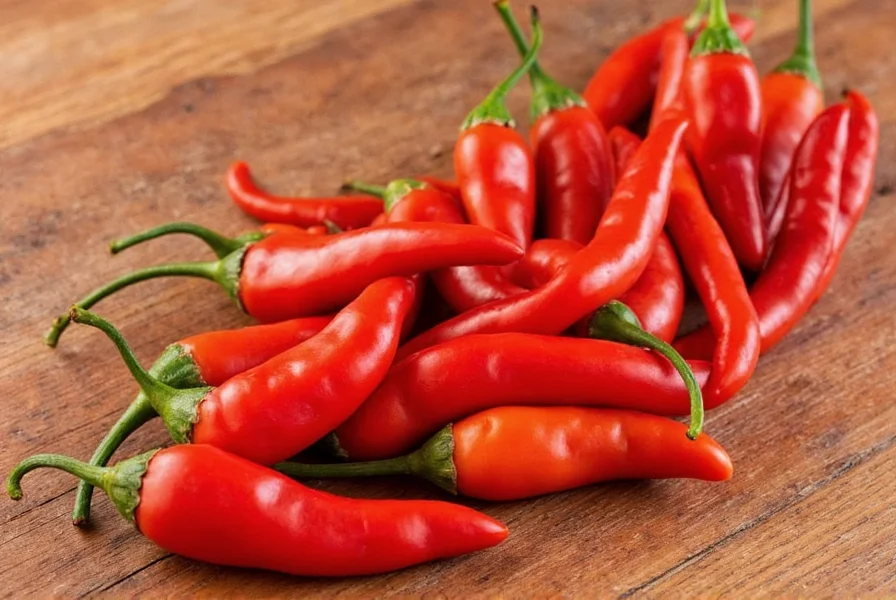
According to the USDA Agricultural Research Service, guajillo's moderate heat makes it ideal for dishes where you want flavor complexity without excessive spiciness. This characteristic has made it a staple in traditional Mexican cuisine for centuries.
Flavor Profile: More Than Just Heat
Guajillo chile's true distinction lies in its complex flavor profile. When dried, it develops rich notes of fruity, smoky, and slightly tangy characteristics with subtle hints of cranberry, tea, and even a touch of raisin. This depth of flavor is what makes guajillo so versatile in culinary applications.
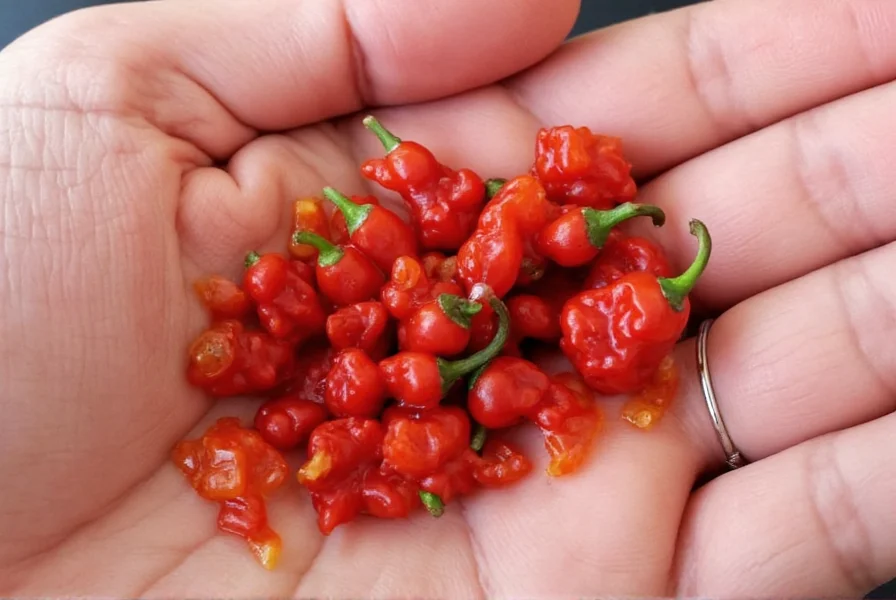
Compared to ancho chiles (which are sweeter and earthier), guajillo offers brighter, more vibrant flavors with a pleasant tartness that balances well in sauces and marinades. The Mexican Institute of Culinary Arts notes that this flavor profile makes guajillo particularly suitable for dishes where you want to add complexity without overpowering other ingredients.
How Does It Compare to Other Chiles?
| Chile | Scoville Units | Flavor Notes | Common Uses |
|---|---|---|---|
| Ancho | 1,000–2,000 SHU | Sweet, earthy, raisin-like | Mole sauces, stews |
| Guajillo | 2,500–5,000 SHU | Fruity, tangy, smoky | Salsas, soups, marinades |
| Pasilla | 2,500–4,000 SHU | Grassy, berry-like | Dry rubs, moles |
| Chipotle | 2,500–8,000 SHU | Smoky, earthy | Soups, salsas, meats |
| Jalapeño | 2,500–8,000 SHU | Grassy, bright | Tacos, nachos, salsas |
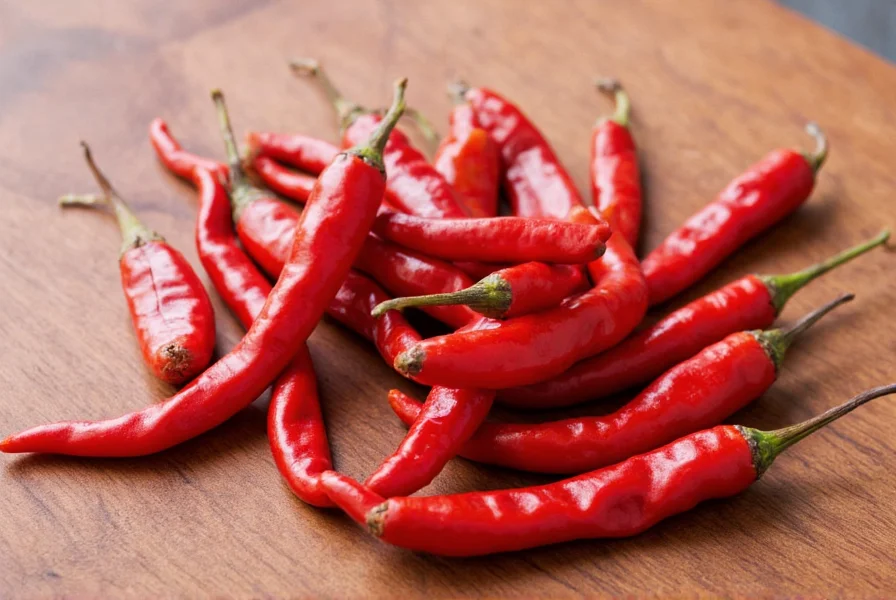
This comparison shows guajillo's unique position as a balanced chile that offers both moderate heat and distinctive flavor characteristics. Unlike chipotle's intense smokiness or jalapeño's grassy brightness, guajillo provides a harmonious blend of fruitiness and mild heat that works well in diverse dishes.
Cooking Tips: How to Use Guajillo Like a Pro
Step-by-Step: Prepping Guajillo Chiles
- Rinse and Toast: Lightly rinse the chiles under warm water to remove dust and impurities. Then toast them in a dry skillet over medium heat for about 1–2 minutes per side until fragrant and pliable.
- Remove Stems and Seeds: Cut off the top and slit them open. Remove the seeds if you want less heat (or leave them for more spice).
- Soak: Place the chiles in hot water and let them soak for 20–30 minutes until soft.
- Blend: Drain the chiles and blend them with garlic, onion, vinegar, and spices to create a rich sauce base.
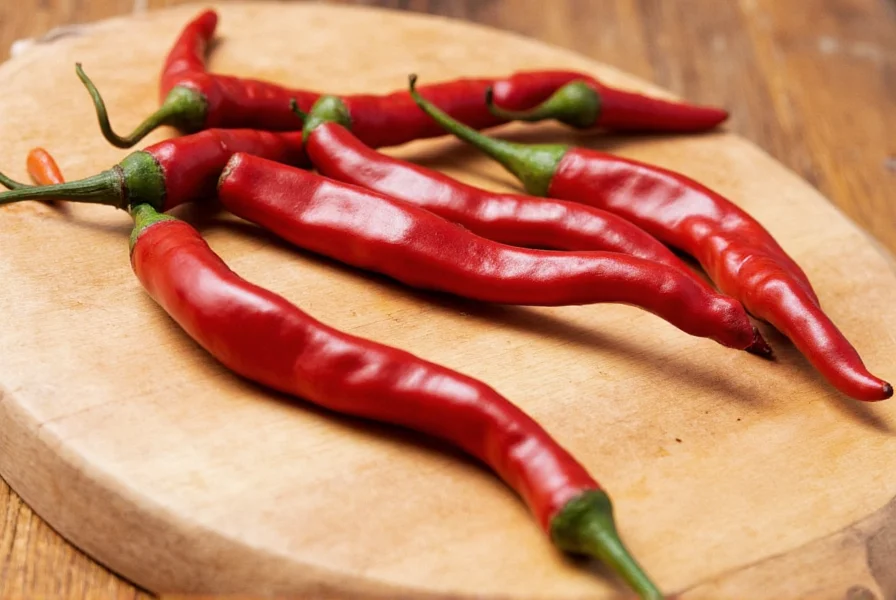
Pro Tip: Enhance the Flavor
- Add a splash of apple cider vinegar or lime juice when blending guajillo chiles to brighten up the flavors.
- Toast a pinch of whole cumin seeds or dried oregano before adding them to the blender for a deeper aroma.
Buying Guide: Choosing the Best Guajillo Chiles
Whether you're shopping at a local market or ordering online, knowing what to look for can elevate your dish from good to gourmet.
What to Look For
- Color: Bright red with deep maroon undertones. Avoid pale or faded ones—they've likely lost flavor.
- Texture: They should be pliable and not brittle. If they snap when bent, they're too old.
- Size: Medium to large chiles tend to have a more developed flavor profile than smaller ones.
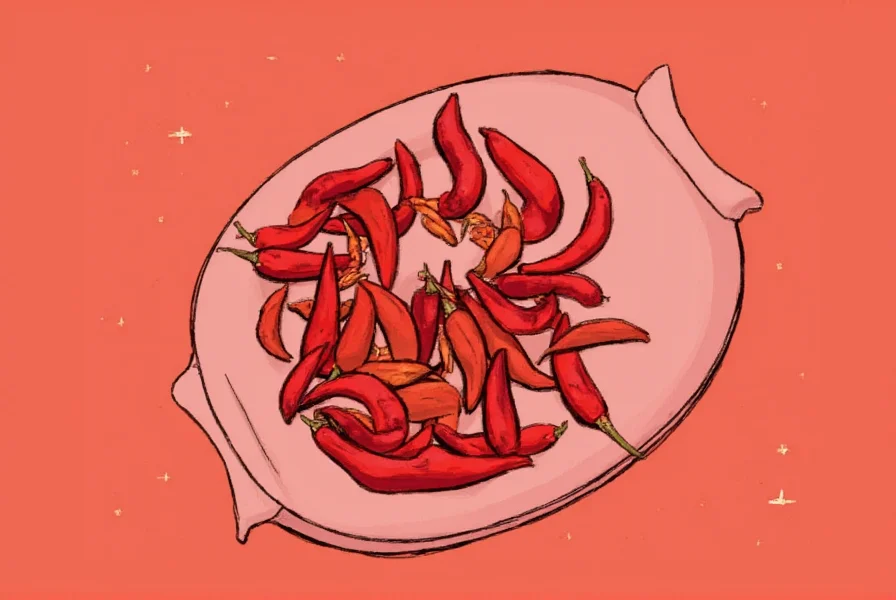
Recommended Products
Here are some top picks for guajillo chiles based on quality, accessibility, and user reviews:
- Goya Guajillo Chiles
- Pros: Consistent quality, widely available in supermarkets
- Use Case: Everyday cooking, especially in salsas and tacos
- Best For: Home cooks looking for reliable results
- La Morena Guajillo Chiles
- Pros: Intense flavor, perfect for traditional recipes
- Use Case: Mole, enchiladas, and authentic Mexican soups
- Best For: Serious home chefs and food enthusiasts
- Trader Joe's Organic Guajillo Chiles
- Pros: Organic, affordable, great texture
- Use Case: Health-focused meals, organic diets
- Best For: Eco-conscious consumers and organic lovers
Top 5 Recipes You Can Make with Guajillo Chile
Ready to get cooking? Here are five delicious ways to put guajillo chiles to work in your kitchen:
- Guajillo Salsa: Blend soaked chiles with tomatoes, garlic, and cilantro for a vibrant salsa perfect for chips or drizzling over tacos.
- Red Enchilada Sauce: Simmer guajillo chiles with onions, garlic, and spices to create a rich, smoky sauce for enchiladas.
- Guajillo-Marinated Chicken: Soak chicken breasts in a guajillo-based marinade and grill or bake for a zesty main course.
- Vegetable Mole: Combine guajillo with pumpkin seeds, almonds, and spices for a lighter take on classic mole.
- Guajillo Queso Dip: Add blended guajillo sauce to melted cheese for a creamy, spicy dip that's party-approved.
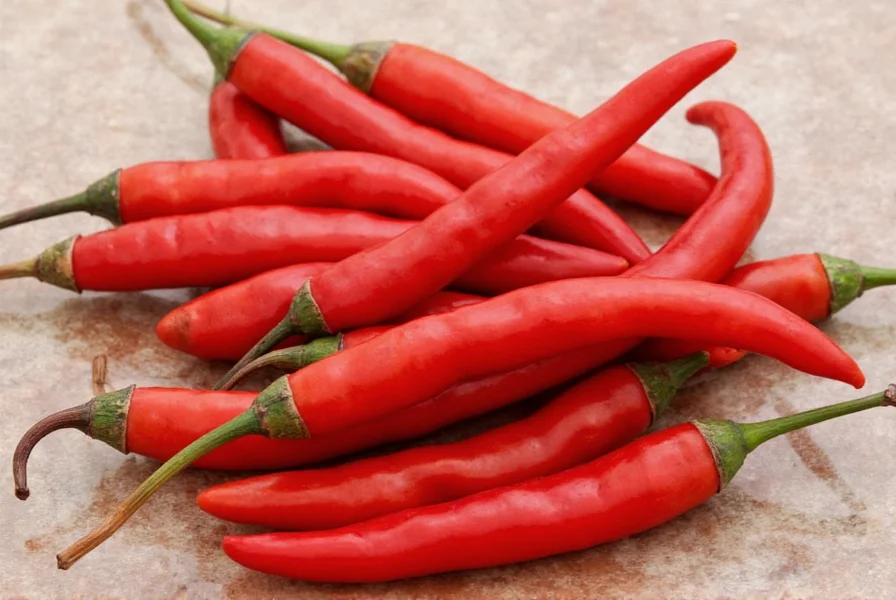
Frequently Asked Questions (FAQ)
Is guajillo chile spicy?
Yes, guajillo chile is mildly to moderately spicy, measuring between 2,500 and 5,000 Scoville Heat Units (SHU). This places it in the same heat range as jalapeños but with more complex flavors. You'll notice a gentle warmth rather than intense heat, making it accessible to most palates while still providing that characteristic chile kick.
How can I reduce the spiciness of guajillo chiles?
To make guajillo chiles milder, simply remove all the seeds and white membranes before using them. These parts contain most of the capsaicin (the compound responsible for heat). For an even milder flavor, soak the toasted chiles in milk instead of water, as the casein in milk helps neutralize capsaicin.
Can I eat guajillo chiles raw?
No, guajillo chiles are typically sold dried and should be rehydrated before eating or blending for optimal flavor and texture.
Are guajillo chiles hotter than chipotles?
Not necessarily. Chipotle chiles (smoked jalapeños) can range from 2,500–8,000 SHU, so depending on the specific chile, either could be spicier. Guajillo tends to be on the milder side of this range with more fruit-forward flavors compared to chipotle's smoky intensity.
Can I substitute ancho chiles for guajillo?
Yes, but expect a milder, sweeter flavor. You may want to add a bit of acidity (like lime or vinegar) to mimic guajillo's tartness. For best results, use a 1:1 substitution but consider adding a pinch of cayenne if you want to match guajillo's heat level.
How long do guajillo chiles last?
Stored in an airtight container in a cool, dark place, guajillo chiles can last up to a year. For extended shelf life, freeze them in a sealed bag. Properly stored, frozen guajillo chiles can maintain quality for up to two years.
Conclusion
Guajillo chile offers the perfect balance of mild heat and complex flavor, making it an invaluable ingredient in both traditional and modern cuisine. With its 2,500-5,000 SHU heat level, it provides a gentle warmth that enhances dishes without overwhelming the palate.
From authentic Mexican mole sauces to innovative fusion dishes, guajillo chile's versatility has earned it a place in kitchens worldwide. By understanding its characteristics and proper preparation techniques, you can confidently incorporate this flavorful chile into your cooking repertoire.
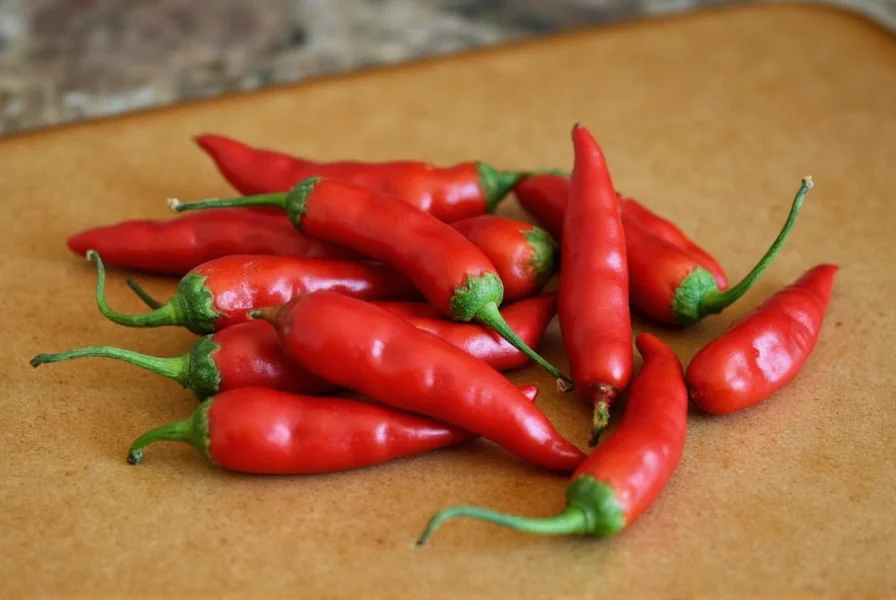
Whether you're a professional chef or a home cook, guajillo chile deserves a spot in your pantry. Its unique combination of mild heat and rich flavor profile will elevate your dishes and expand your culinary horizons.

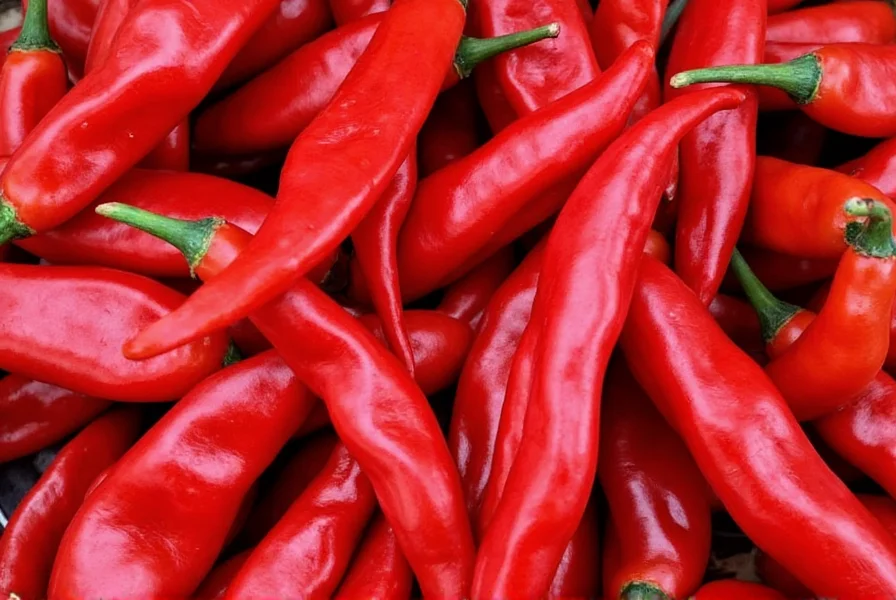









 浙公网安备
33010002000092号
浙公网安备
33010002000092号 浙B2-20120091-4
浙B2-20120091-4